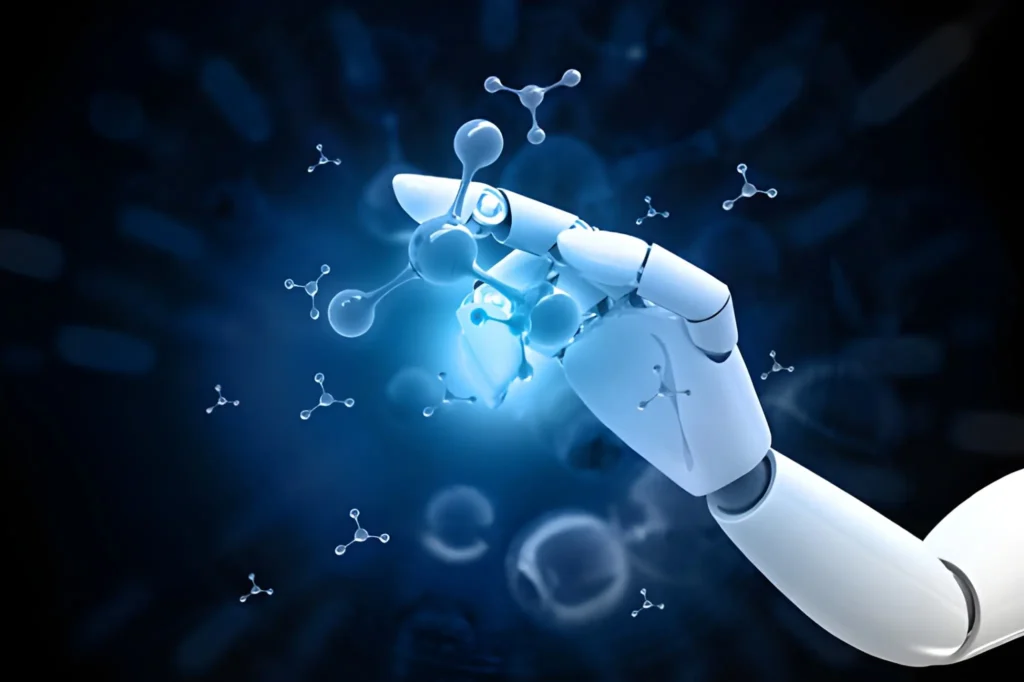The factory floor doesn’t look like it did even five years ago. Sensors talk to each other, machines adjust their own parameters, and control systems predict failures before they happen. These aren’t futuristic concepts anymore—they’re current reality in facilities that want to stay competitive. Modern industrial controls & equipment has moved way beyond simple on/off switches and timers. We’re dealing with networked systems that process massive amounts of data in real-time, making decisions that used to require human operators while providing visibility into operations that was impossible with older technology. The change happened gradually, then suddenly, and operations still running legacy systems are finding themselves at a serious disadvantage.
Edge Computing Changes the Control Paradigm
Older systems sent all data back to central controllers or SCADA systems for processing. That works until you need millisecond response times or you’re generating so much data that network bandwidth becomes a bottleneck. Edge computing puts processing power right at the device level. A smart valve can analyze its own performance data, detect developing problems, and adjust operation without waiting for instructions from headquarters.
This shift matters practically. If your packaging line runs 300 units per minute, a two-second communication delay to a cloud server means 10 units pass through before corrective action reaches the actuator. Edge devices handle that correction locally while still reporting back to centralized systems for monitoring and analysis. The architecture is hierarchical now—local control at the edge, coordination and optimization at the facility level, and strategic analysis in the cloud or central data center.
Wireless Sensors Eliminate Infrastructure Constraints
Running cables to every sensor point costs serious money, especially in existing facilities where retrofitting wiring through walls and conduits gets expensive fast. Industrial wireless networks using protocols like WirelessHART or ISA100 provide reliable communication without the wiring infrastructure. Battery-powered sensors can sit anywhere, reporting temperature, vibration, pressure, or whatever parameter matters for that application.
Range used to be a limitation, but mesh networking solved that. Each device acts as a repeater, so signals hop from device to device until reaching a gateway. You can cover large facilities with this approach. Battery life runs multiple years now on many sensor types, especially with energy harvesting that captures power from vibration or temperature differentials.
Predictive Maintenance Becomes Standard Practice
Traditional maintenance operates on either reactive or scheduled models. Reactive means you fix things when they break. Scheduled means you replace components based on time intervals, whether they need it or not. Both approaches waste money—reactive through unplanned downtime, scheduled through premature replacement of functioning components.
Predictive maintenance monitors actual equipment condition and predicts failure before it happens. Vibration analysis on motors and pumps detects bearing wear patterns weeks before failure. Thermal imaging spots electrical hotspots before they cause fires. Oil analysis reveals contamination or wear metals before they damage machinery. Modern control systems integrate all these data streams, applying machine learning algorithms that recognize failure patterns across thousands of similar installations.
Digital Twin Technology for Testing and Optimization
A digital twin is a virtual replica of your physical system. It receives real-time data from sensors and mirrors the actual system’s behavior. This lets you test changes in software before implementing them on the real equipment. Want to know if adjusting a temperature setpoint will improve product quality without wasting material on trial runs? Test it in the twin first.
The technology extends beyond simple simulation. Digital twins can run faster than real-time, exploring thousands of operating scenarios in hours that would take weeks to test physically. They help with operator training too—new staff can practice on the twin without risk to actual production.
Also Read-Smart Home, 21st Century Comfort: Should You Bring Tech into Every Corner?







